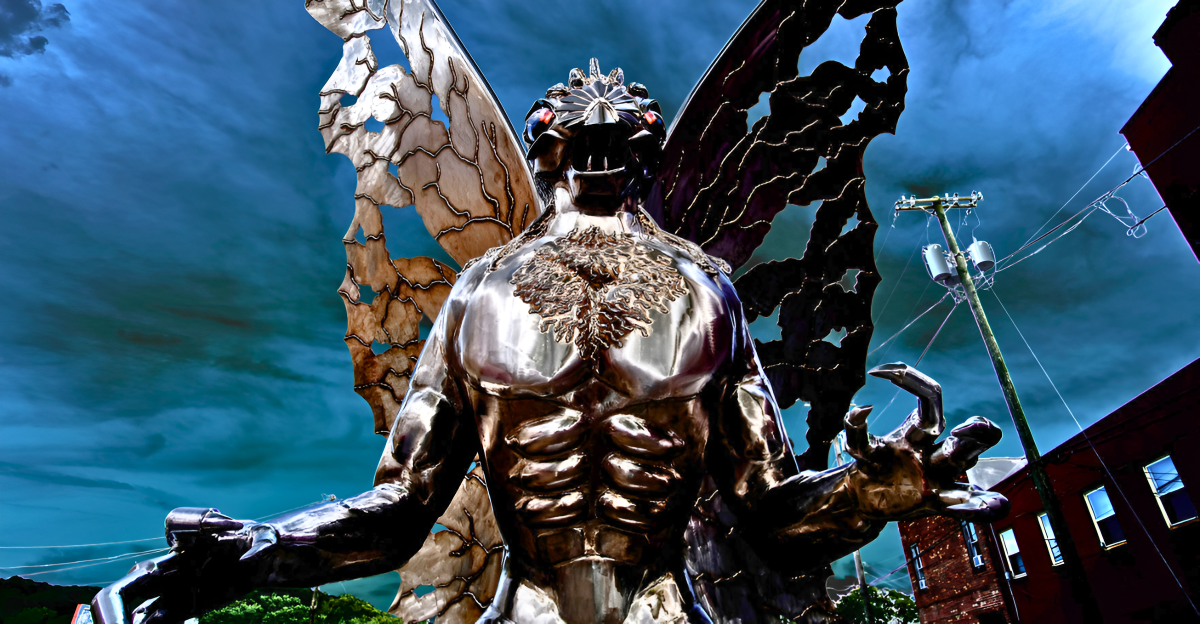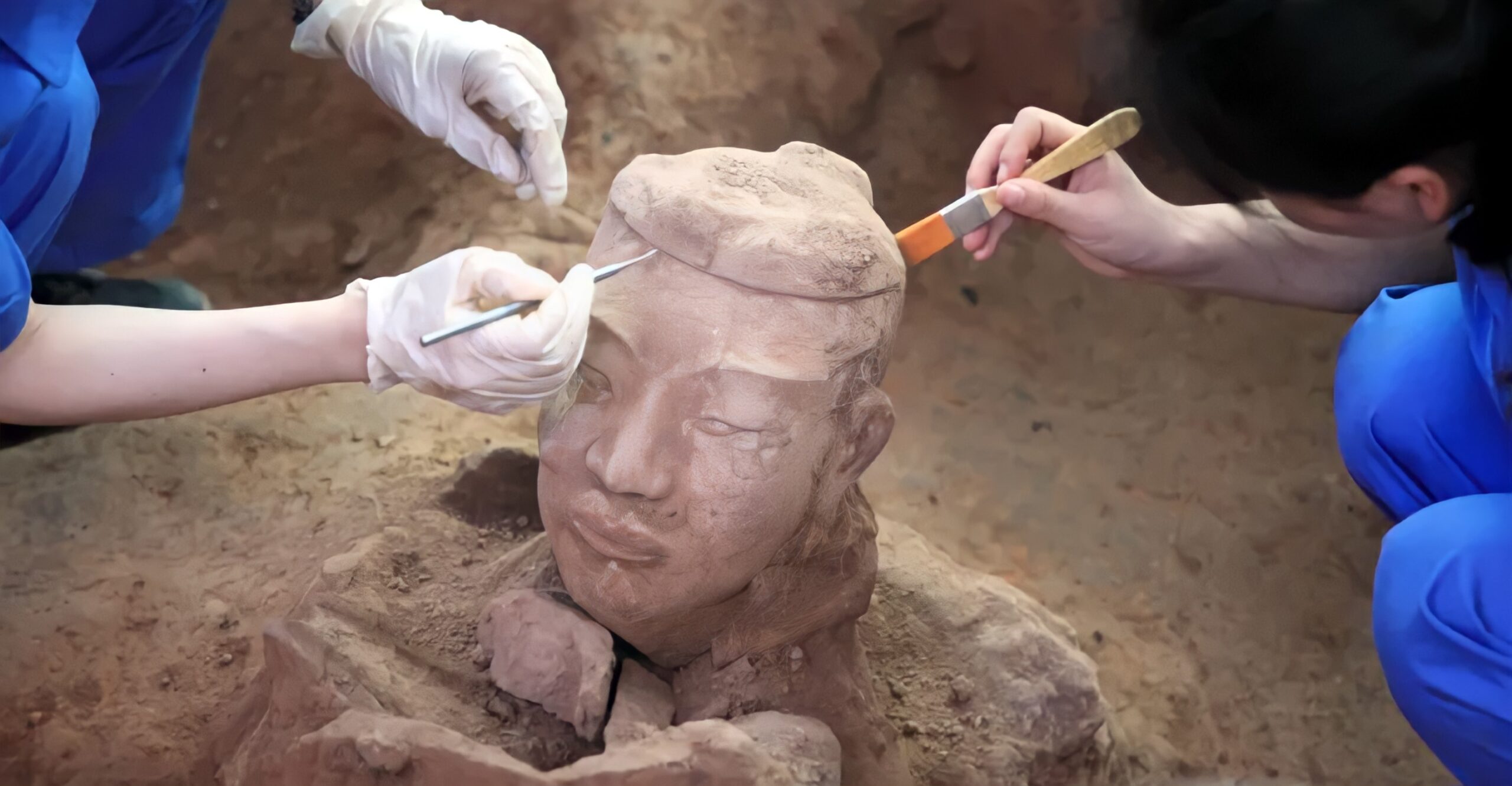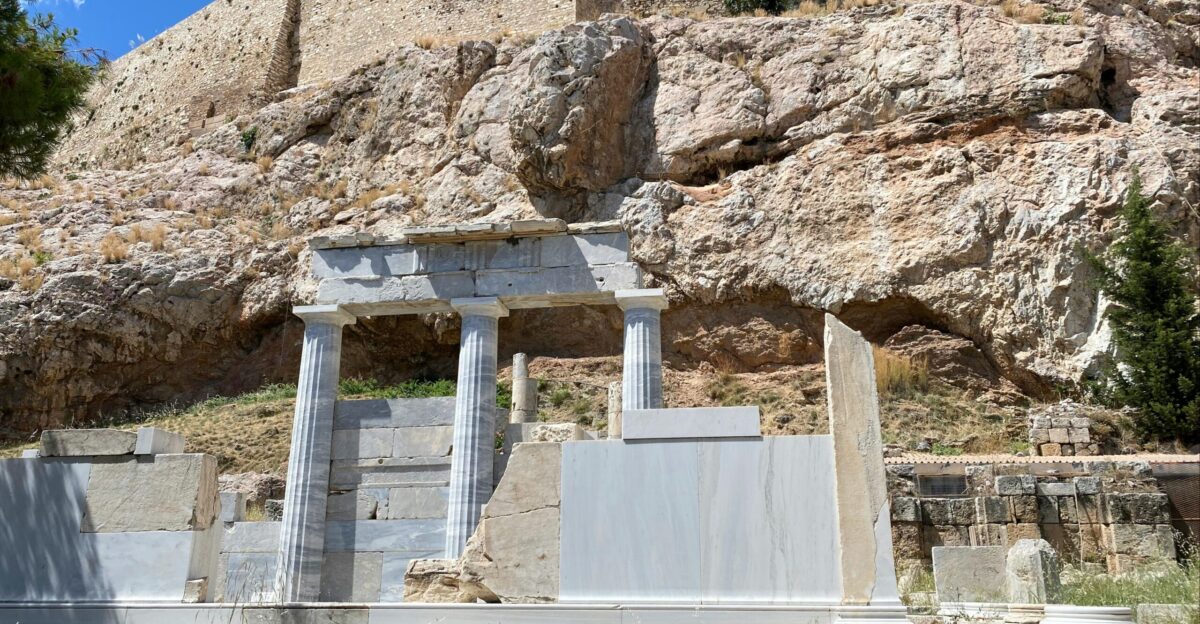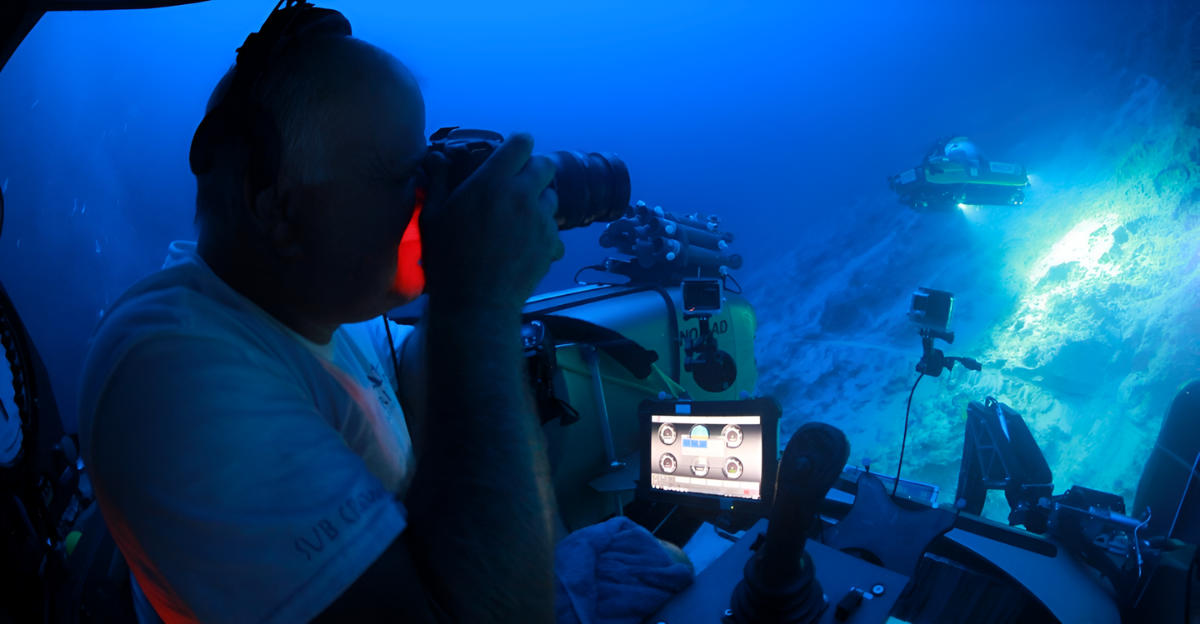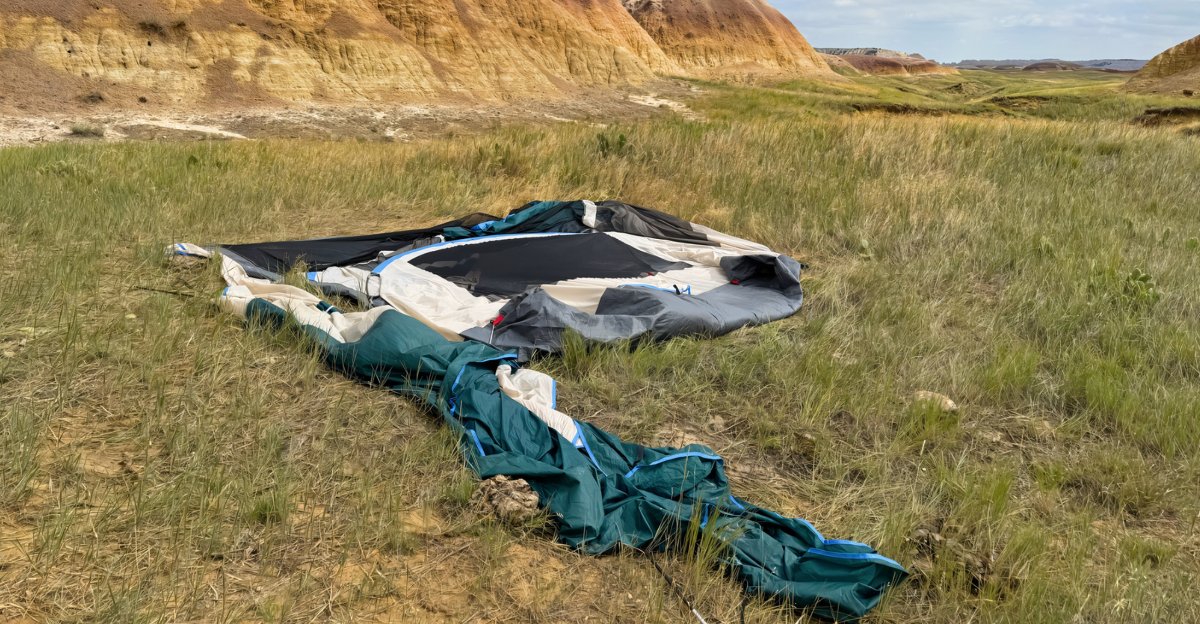
What if your next stroll by the sea walk, you stumbled upon a prehistoric treasure? That’s exactly what happened to Cody Goddard, a Pennsylvanian who was visiting Matoaka Beach in Maryland.
Hoping to uncover a few shark teeth, he found instead a huge mysterious object jutting from a block of sediment. And this was no ordinary rock — this discovery would soon capture the imagination of scientists and fossil enthusiasts alike.
But what had Goddard actually discovered, and why did it matter so much? It would be months before the full answer became public, but the excitement began right there in the sand.
A Fossil Encased in Time

Goddard hadn’t simply found any old fossil — it was a whale skull, believed to be about 12 million years old, that was encased in a 650-pound block of hardened sediment.
This natural “sarcophagus” had protected the skull for thousands of years, encasing it from the elements and guarding the secrets it holds.
The extraordinary hardness of the sediment in which the fossil lay ensured that, while it was a rare find, it was also a logistical challenge, setting the stage for a salvage operation like no other.
Rallying the Paleontology Community

The word of the discovery spread fast to Dr. Stephen Godfrey, Curator of Paleontology at the Calvert Marine Museum. Realizing the significance of the discovery, Godfrey and a small team of amateur and professional paleontologists descended on the site.
The skull was no small feat to extract – it took more than two months and a of team of dedicated enthusiasts, among them Goddard himself. This collaboration underscores the passion and expertise within Maryland’s fossil-hunting community.
The World Cup of Paleontology

For Dr. Godfrey and his crew, the excitement was palpable. “It felt like we had won the World Cup of Paleontology,” he remarked, both capturing the exhilaration and the rarity of such a very well preserved fossil discovery.
The skull, which is now affectionately known as “Cody,” after its finder, was soon to become a star specimen — one that would continue to both puzzle and inspire scientists for months.
A Glimpse into the Miocene Era

What made this whale so special? The skull was that of a baleen whale from the Miocene era, a time when the Chesapeake Bay was teeming with ancient marine life.
Unlike today’s massive humpbacks, the prehistoric whale wasurprisingly small — just five and a half feet long and about 18 inches wide.
Its streamlined shape indicates that it was built for speed, perhaps to outswim predators such as the legendary Megalodon shark, which prowled the same waters millions of years ago.
The Science of Extraction

Upon arrival at Calvert Marine Museum, the skull was taken to the Fossil Preparation Lab. Here, researchers started the delicate work of chipping the rock away from its casing of sediments with tools that resemble tiny jackhammers.
This delicate work is crucial — not just to keep the fossil intact, but to extract the scientific secrets still locked inside. The sediment, which had acted as a protective shell, now posed the greatest challenge to revealing the skulls’s full story.
Preserved by Nature’s Sarcophagus

The hardened sediment was not only a barrier, it was a blessing. “In a way, it created its own sarcophagus — its own little burial chamber that preserved it for millions of years and for us to be able to find,” Dr. Godfrey said.
Without this natural preservation, the skull might have disintegrated long before humans ever set foot on Matoaka Beach. It’s a reminder of how chance and nature work together to safeguard Earth’s history.
The Mystery of the Whale’s Identity

Despite the excitement, one big question remains: What species was this ancient whale? For now, scientists don’t know.
The answer lies buried beneath layers of sedimentr, waiting to be handled with care and patience. It will be their greatest preparation yet, Dr. Godfrey concedes.
Only once the whole skull is fully exposed will it be possible for researchers to compare it to known species or maybe even to identify a new one.
A Community Effort and Local Pride

The whale skull discovery and extraction has been a source of pride for Maryland’s paleontology community. Volunteers, museum staff and curious locals, all played a part in bringing “Cody” to the Calvert Marine Museum.
Their collaboration illustrates how no great fossil discovery is the work of one person alone; it is the work of shared passion and a collective team effort, encouraging the next generation of fossil hunters to keep searching.
Awaiting the Final Reveal
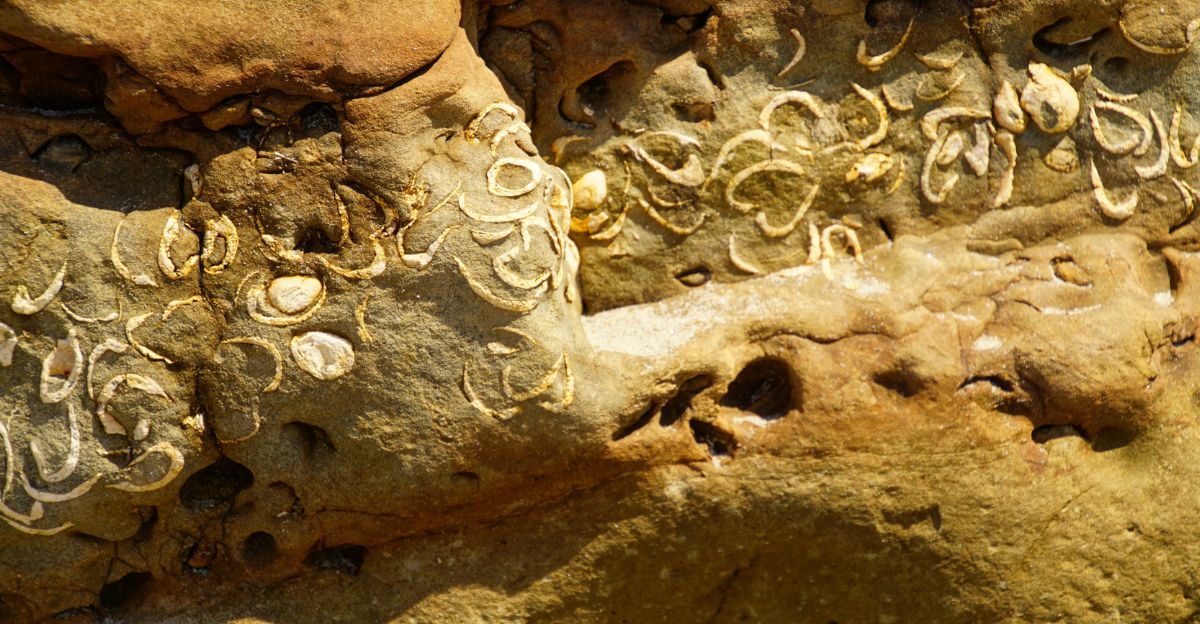
For now, the 12-million-year-old whale skull remains at the Calvert Marine Museum, a symbol of curiosity and discovery.
Visitors can view “Cody” and follow the ongoing preparation process, watching as scientists slowly reveal the secrets of Maryland’s ancient past.
What will they find? Only time and a little more patience will tell. But one thing is certain: this remarkable fossil has already made history, and its story is far from over.

